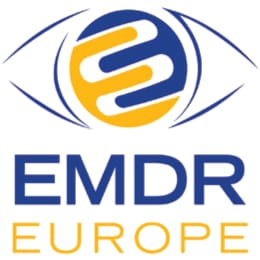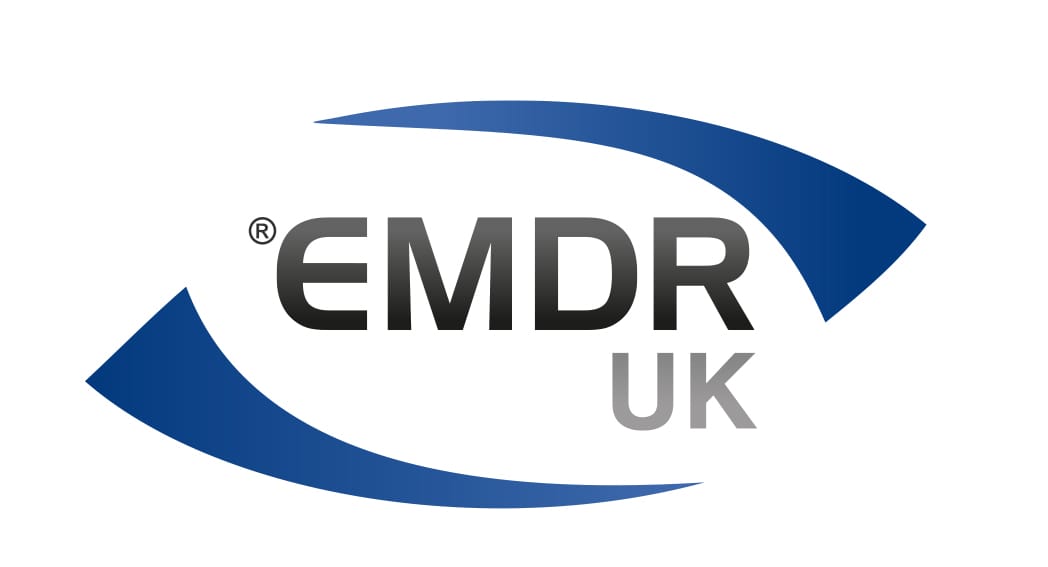EMDR
Trauma Informed Approach
My therapeutic practice is very much embedded within a trauma informed approach and understanding. What this means simply, is that not only do I consider the impact of trauma and the various different ways an individual can experience this I am holding the impact in mind and how this may be worked with, or in some cases not worked with within the therapeutic space.
A trauma informed practitioner will seek to understand how your current difficulties and challenges may be connected to your experience of trauma, but not define you. This includes thinking about the wider environmental and historical context of your life and the path that has led you to seek counselling / psychotherapy.

This means creating safety within the therapeutic space (first do no harm) is vital to ensure that you feel therapeutically held and have the internal resources to explore what you are bringing. For some clients, not exploring their experience of trauma directly will be the safest option. This does not mean therapeutic work cannot take place, but simply putting the breaks on the area(s) that may not be helpful to your wellbeing if they are explored.
Internal resourcing in trauma work is vital and for some clients, it may be all that is needed. This can include working with the body in a somatic way to help develop bottom up mindfulness techniques, breath work and building self compassion to facilitate you to come into the resting position in your body (known as the parasymp athetic).
Psycho-education plays an important role in trauma work. For many clients simply knowing how the mind/body responds to trauma is enough to alleviate distress. The recognition you have experienced a natural biological and physical response can be a powerful tool for normalising responses to trauma.
It’s important when you chose a therapist, they have an understanding of trauma across their therapeutic practice, so that you can feel assured you are not only safe, but your story is seen and honoured and not reduced solely to a diagnostic label.



Eye Movement Desensitisation and Reprocessing (EMDR)
EMDR is a NICE approved therapeutic approach specifically in relation to PTSD. I am trained in EMDR and use this across my therapeutic practice including the NHS.
In 2024 I become a EMDR Europe Accredited Practitioner.
EMDR is a comprehensive approach to therapy that integrates elements of psychodynamic, cognitive, interpersonal, experiential, and somatic therapies to provide an intervention that facilitates a natural processing
of trauma. Often with trauma, the distressing memories are not fully processed within our brains filing system (the hippocampus). Therefore, we may benefit from an intervention that helps us process the memory so it can be filed away, thus alleviating the associated distress.
EMDR utilises the natural healing ability of our body and requires a remembering of the/a traumatic incident coupled with bi lateral stimulation (can be eye movements or butterfly hugs) to facilitate our bodies natural processing to open out, working with the memory until it is processed.
EMDR is suitable for:
- PTSD
- Anxiety and panic attacks
- Depression
- Stress
- Phobias
- Sleep problems
- Complicated grief
- Self-esteem and performance anxiety
It is worth noting that EMDR does not suit all clients and a complex assessment is used to help the therapist and client explore this together and make a collaborative decision regarding suitability.
EMDR can be offered remotely online or face to face.


